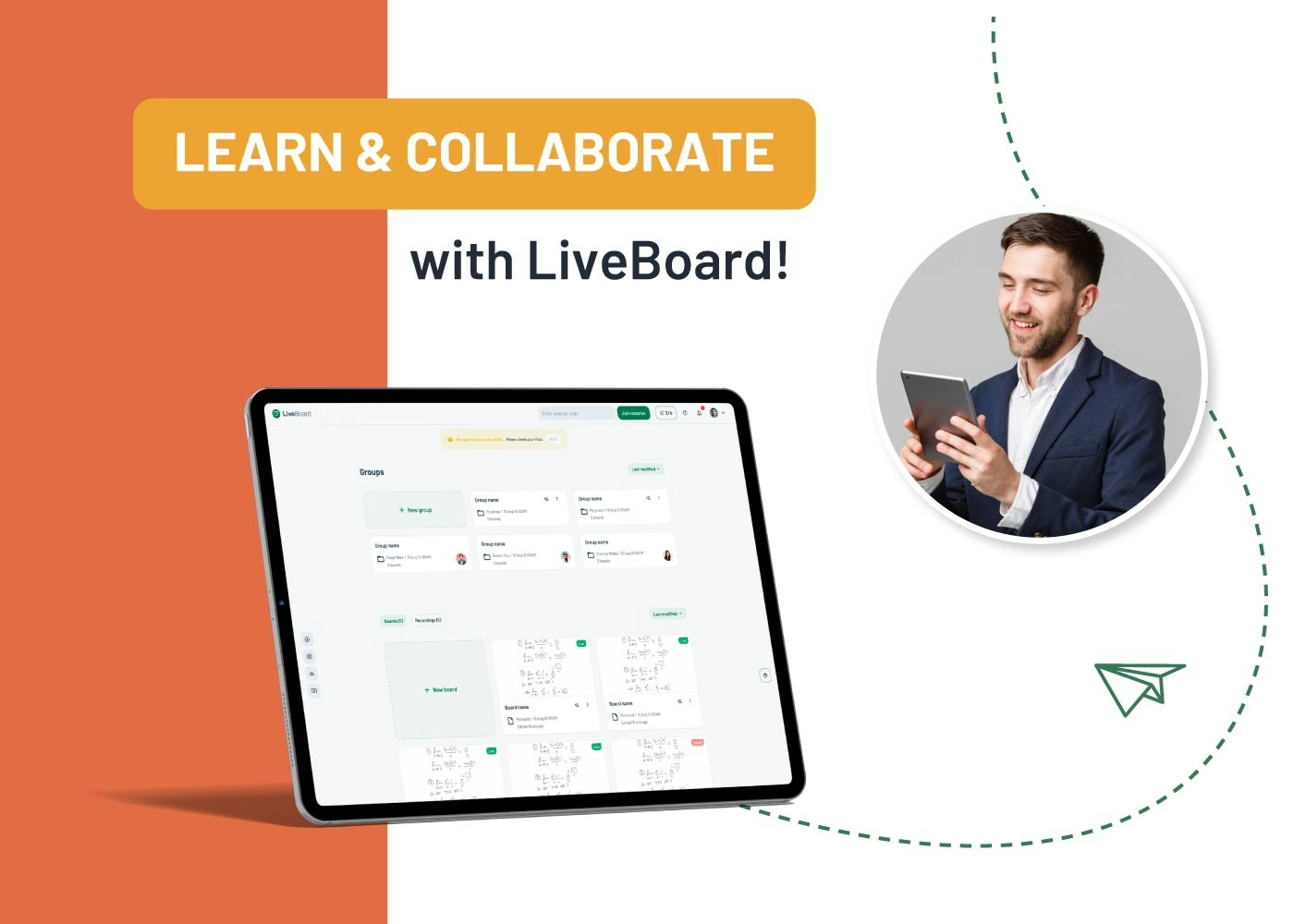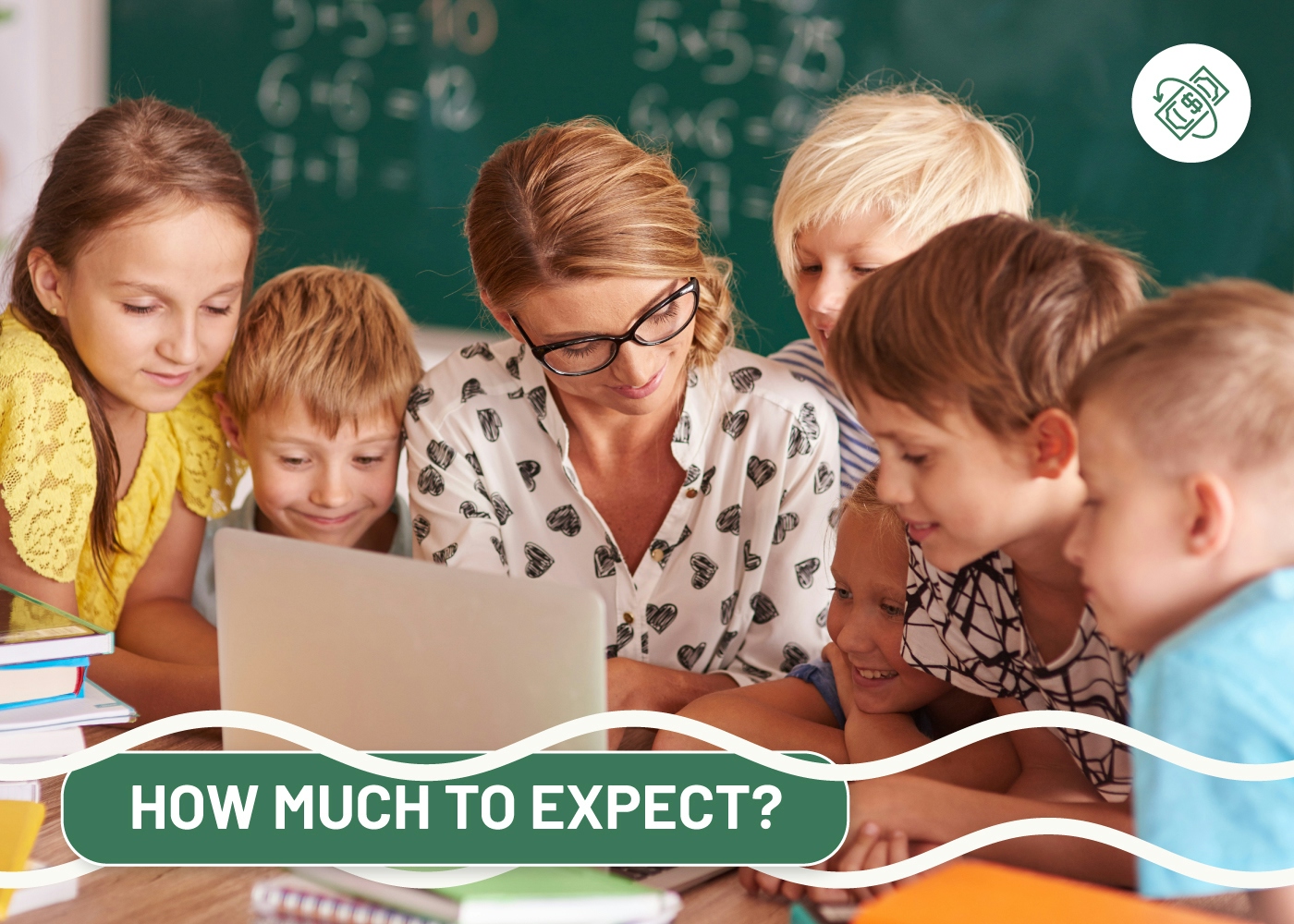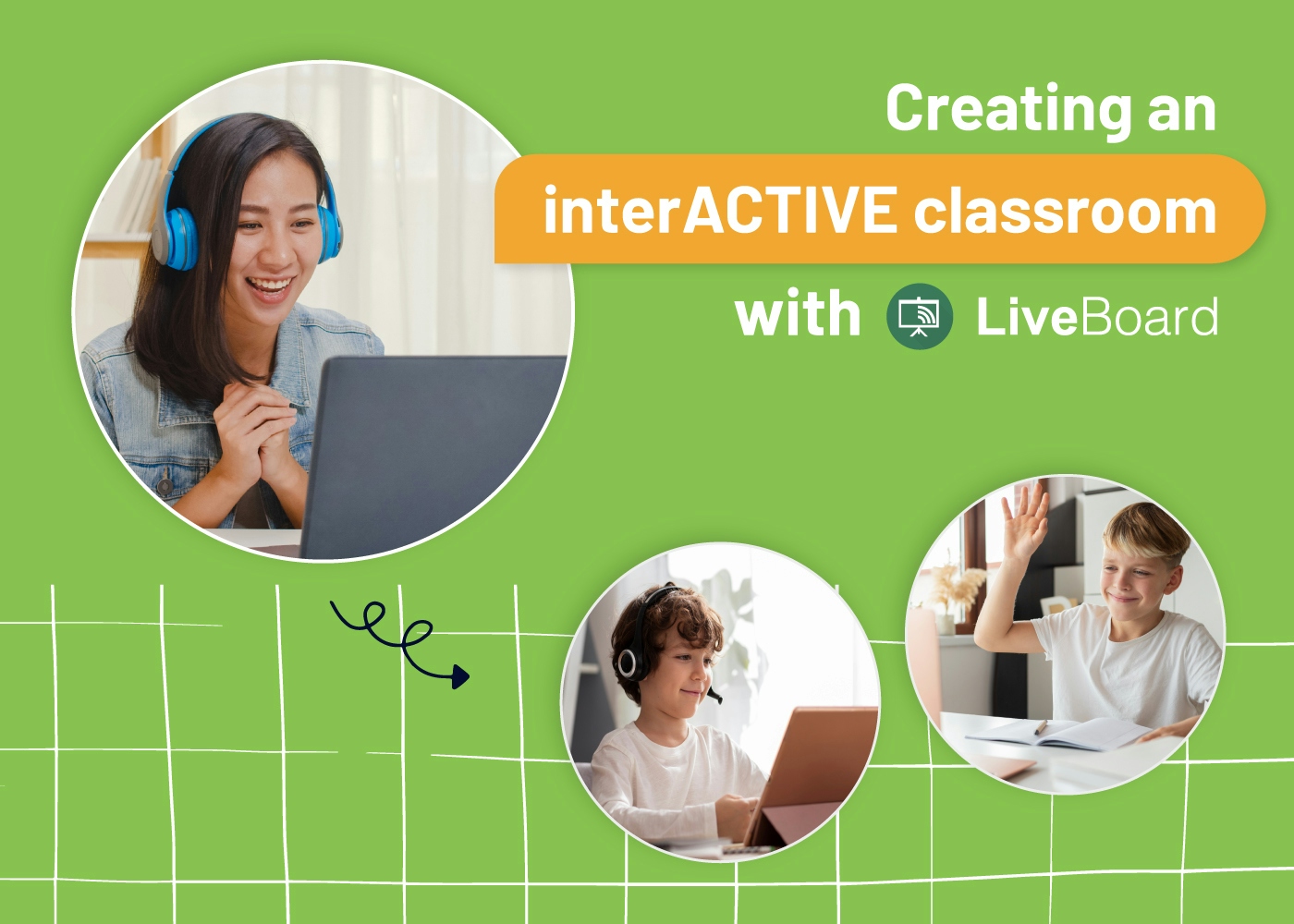Experiential Learning is a form of education built on learning by doing, i.e., from direct experience. Its origins are in David Kolb’s Theory of Experiential Learning Cycle, and today it’s embraced by many institutions and educators around the world. Experiential learning has proven to be very practical and useful in helping students learn effectively. But what is experiential learning, what does it entail, and how can you provide it successfully as an online tutor?
What Is Experiential Learning?
Experiential activities include internships, laboratory experiments, exercises, practical assignments, and much more. With this method, students engage directly with their learning material, experience it first-hand and reflect on their experience, getting a better and deeper grasp of the learning material. For example, students in a journalism class may be assigned to write a soft news article. They will need to conduct interviews with related sources and make on-the-spot surveys of their subject of focus and later reflect on their activity. This way, students not only learn how to do something, they cement their knowledge with a complete experience.
While its basic description resembles practical learning, experiential learning has a number of nuances that set it apart. Looking at David Kolb’s cycle of experiential learning offers compelling insights into the experiential learning process.
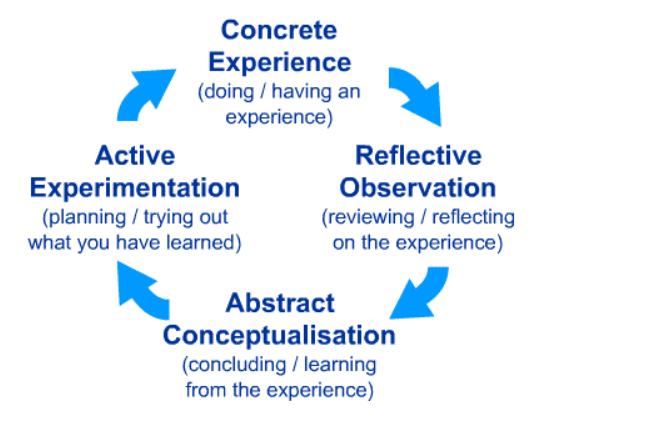
Concrete Experience
The cycle begins with learning and gaining concrete experience, which entails either learning something new, experiencing is already learned, or relating to it in a new way. The experience itself could be anything, from riding a bicycle or playing a musical instrument to writing a news article or solving math problems.
Reflective Observation
The next stage of the cycle is reflective observation. After completing the concrete experience, the learner dedicates a portion of time to reflecting on the experience and adequately understanding what happened. They do this by assessing their own experience, or someone else’s who was engaged in a similar activity. Simple questions like “what went well?” “what went wrong?” and “what can I do differently?” can lead to better results in the next attempt.
Abstract Conceptualization
After reflective observation, the learner derives conclusions from their experience and reflection. It may entail identifying the following steps to drive improvement, making an action plan, exploring new concepts by reading or taking appropriate classes. This phase is essentially about “distilling perceptions into abstract concepts.”
Active Experimentation
In the final stage, the learner capitalizes on their first experience, reflection, and conceptualization by active experimentation. The learner applies their accumulated knowledge and expertise, and finds routes to modify the act or concept, assessing whether there are changes or improvements in both experience and results.
Through this process the learner gains a new concrete experience, and the cycle restarts. The learner can repeat the same process until they are satisfied with how the concrete experience turns out and feels confident about their grasp of the subject at hand. This learning process results in a deeper absorption of information.
Experiential Learning Styles
There are nine different styles of navigating through the experiential learning cycle, and they depend on a person’s preferences, personality, career, adaptive competencies, culture, and education. Kolb suggests that instinctively, we let one of these learning styles lead us due to habit. Learning about these styles can help improve teamwork, communication skills, and leadership by understanding the approaches of others.
- Experiencing: The learner finds value in experience, performs well in teamwork, establishes trusting relationships, and is open to emotional expression
- Imagining: The learner uses creativity, while demonstrating empathy for others and self-awareness
- Reflecting: The learner is generally patient, careful, and attentive to detail, gathering information from various sources via being open-minded. They scrutinize the problem from multiple angles and perspectives to identify the root cause and find solutions.
- Analyzing: The learner is more organized and emphasizes precision by using critical thinking, aiming to minimize possible mistakes, and analyzing various details and information to get the complete picture
- Thinking: The learner is structured, linear, and skeptical, relying on logic and reasoning and using quantitative tools to analyze the subject at hand
- Deciding: The learner is realistic and straightforward, focused on the task of finding practical solutions to issues, and setting realistic objectives and goals.
- Acting: The learner is very punctual, assertive, and goal-oriented. They find ways to achieve their objectives and meet deadlines they have committed to, even with limited resources at hand.
- Initiating: The learner is more spontaneous and prefers to think on the spot, easily moving on from failures and taking risks to seek opportunities.
- Balancing: The learner can weigh the pros and cons in a given situation, identify gaps, and bridge differences among the team members.
How Can You Provide Experiential Learning
For tutors who conduct their classes online, this way of learning may seem complicated to offer to students. However, you can implement experiential learning in any virtual classroom, independently of the subject matter. If you’re using LiveBoard as the go-to digital whiteboard for your online classes, you have more engagement and interactive collaboration opportunities with your students than you would otherwise.
As an example, when employing experiential learning with LiveBoard, you always have the opportunity to share access to the whiteboard with your students, including individually, in groups, or the entire classroom. If you’re tutoring math, you can first explain the new topic, indulging them in a concrete experience. For an enhanced teaching experience, use LiveBoard’s drawing and writing tools, the pre-made shapes with free control, and upload and use images and PDF documents. You can even display complex functions and calculations with the built-in graph calculator.

After explaining a new concept, have your students solve a moderately difficult sample problem. LiveBoard gives you an infinite board, so all students can simultaneously work on the same digital board in different parts while you monitor the process. At the end you can create a quick quiz for your students directly in the app to test their understanding, thinking process, and calculations with relevant questions.
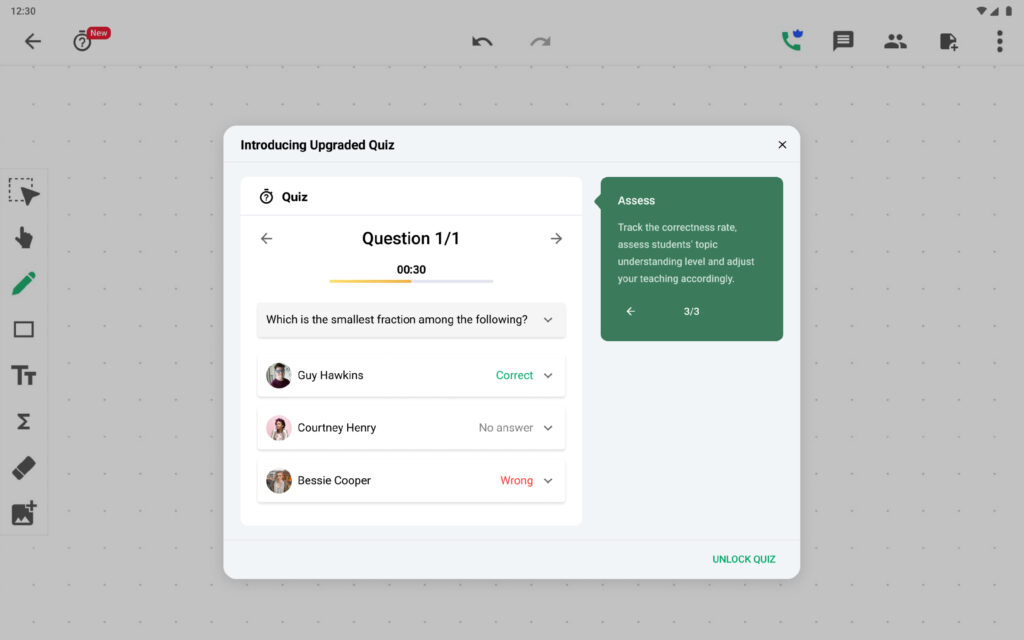
Thus, you can now launch the next step. Work with your students to identify mistakes, provide practical tips and advice, and instruct them to reflect on their experience for a short while. If the topic is complex, you can return to it in the next class and discuss their thoughts on their experience. In both cases, working together with your students you can proceed to make a step-by-step action plan, which can include understanding various aspects of the concept or solving other problems. You can also record your class directly in LiveBoard and share it with them after the class, so they can revise the content anytime they choose.
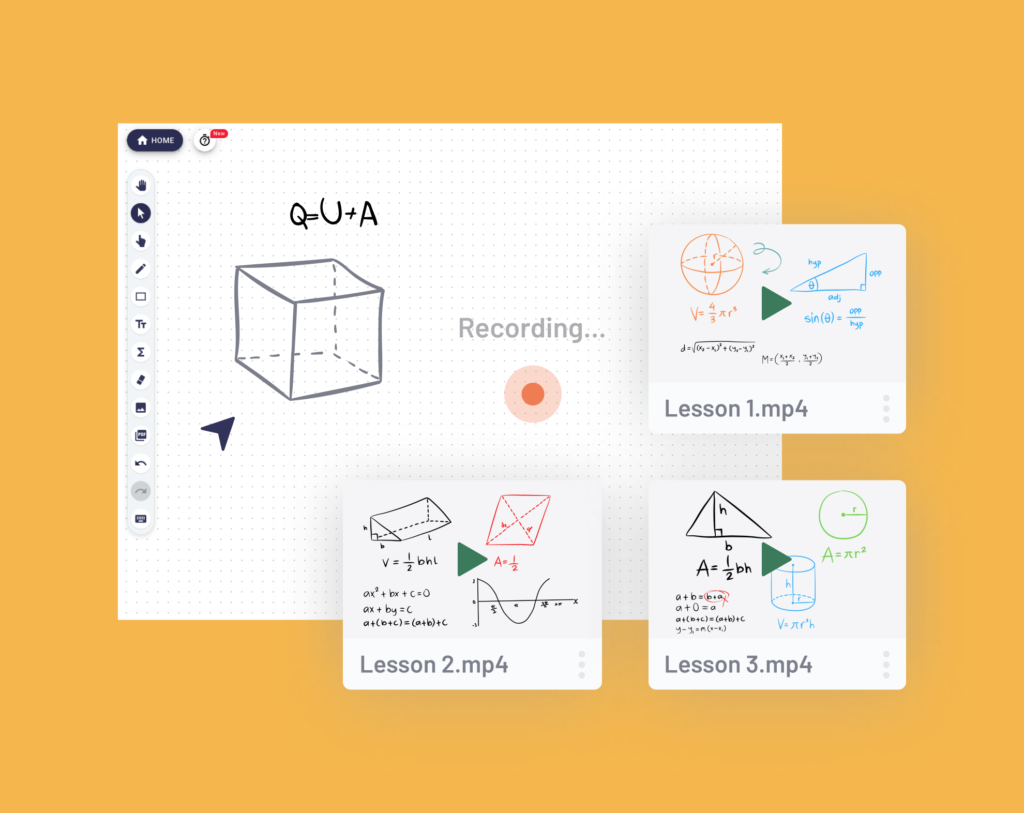
In the final stage, allow your students to actively experiment with the problem by applying all the knowledge derived from the lecture, the guidance you have offered, and their own experience and reflective assumptions to their problem-solving methodology. Finally, repeat the process as many times as needed until you are confident your students have grasped the topic adequately and feel comfortable and confident with related problems.
This way of learning will help you instill all the nuances and intricacies of the topic in learners’ minds and strengthen their intuition. The focus is not solely on visualization and practice, but on a complete cycle of experience.
